The Most Notable & Exciting 1950s Corvettes
Production of America’s sports car has now been running strong for nearly 70 years. Through eight generations and numerous decades, the Corvette has maintained its iconic status, captivating the imaginations of motorists the world over. With every passing year, the Corvette’s legacy as the nation’s premier performance car only continues to strengthen. Each decade of Corvette production has given rise to several particular models that stand out above the rest, for reasons related to their form, function, or intrinsic value. The 1950s were no exception to this rule. During this period of time, I Love Lucy was broadcast on television sets across the country, Elvis Presley began his domination of the radio airwaves, and the Corvette was released, spending the better part of the decade in the midst of an identity crisis of sorts. Luckily, the Corvette line soldiered on, eventually finding favor among consumers and experiencing increased sales by the end of the decade. The following are our picks for the three most notable Corvette models to be released during the line’s first decade in existence.
1953 Corvette
The one that started it all.
Although the Corvette was initially released to mixed reviews and experienced less than stellar sales, it is difficult to exclude the line’s genesis from a list of the decade’s three most notable models. The 1953 Corvette was indeed notable for several reasons, with the most obvious of which being that it was the point of launch for what would grow into America’s premier line of performance cars. Though only 300 total units were sold during the Corvette’s initial year of production, the value still remains. Over the next few years, steps would be taken to bolster the somewhat anemic early Corvette’s performance, and great strides would be made in terms of the line’s fit/finish, ride quality, and handling. As a result, total unit sales would grow exponentially, bringing the Corvette into the limelight, where it has remained ever since.
1955 Corvette
Saved the Corvette from certain doom thanks to that V8.
During the Corvette’s initial two years of production, a substantial amount of criticism existed over the car’s subdued 150 HP “Blue Flame” engine, and the less than stellar performance that it afforded. These criticisms were met with the introduction of an optional 265 cubic-inch V8 for the 1955 model year. With the addition of this option, the Corvette gained a substantial amount of performance credibility, and silenced many of the line’s early skeptics. The introduction of this engine option, which only cost an additional $135, also signaled the beginning of an era. The use of a V8 small block powertrain would go on to become synonymous with the Corvette, later inspiring the design, development, and subsequent introduction of legendary engine platforms, such as that of the LS series of small blocks.
1957 Corvette
Saw the Corvette fitted with a 283 cubic-inch V8, which produced 220 HP in its base form.
Going into the 1957 production year, the Corvette’s sales numbers had begun to show signs of life. For the first time since its introduction, it seemed as if the Corvette’s viability was not consistently called into question. However, Ed Cole and his design staff were not satisfied with the Corvette simply being “viable”. As a result, the 1957 production year saw the Corvette fitted with a 283 cubic-inch V8, which produced 220 HP in its base form. Outside of its base form, which included the use of a single four-barrel carburetor, the 283 cubic-inch V8 was also offered in two additional forms. The first of which was a dual four-barrel equipped variant, which produced 245 HP. The second was an even more impressive Ramjet fuel-injected model, which was capable of producing an astonishing 259 HP.


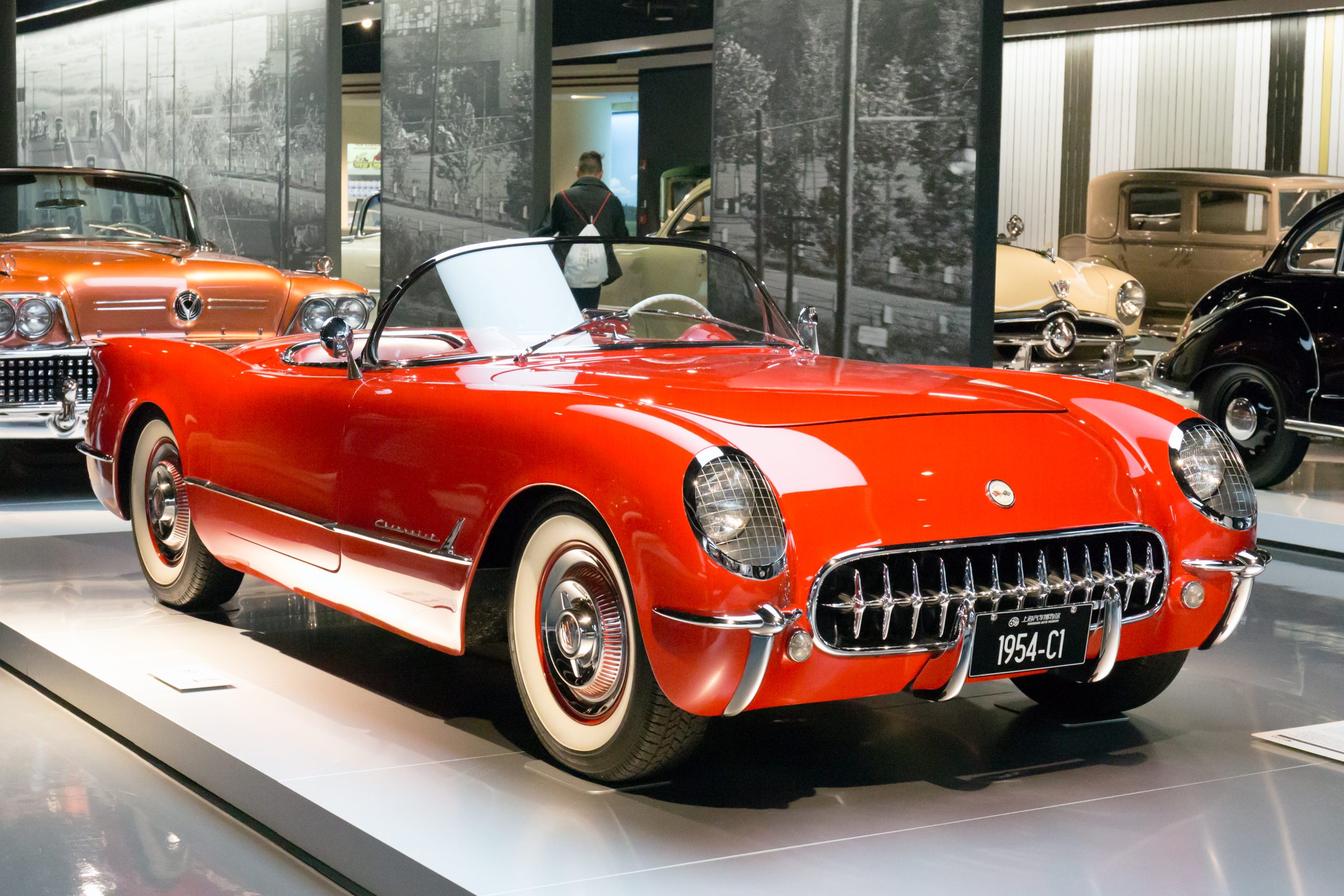

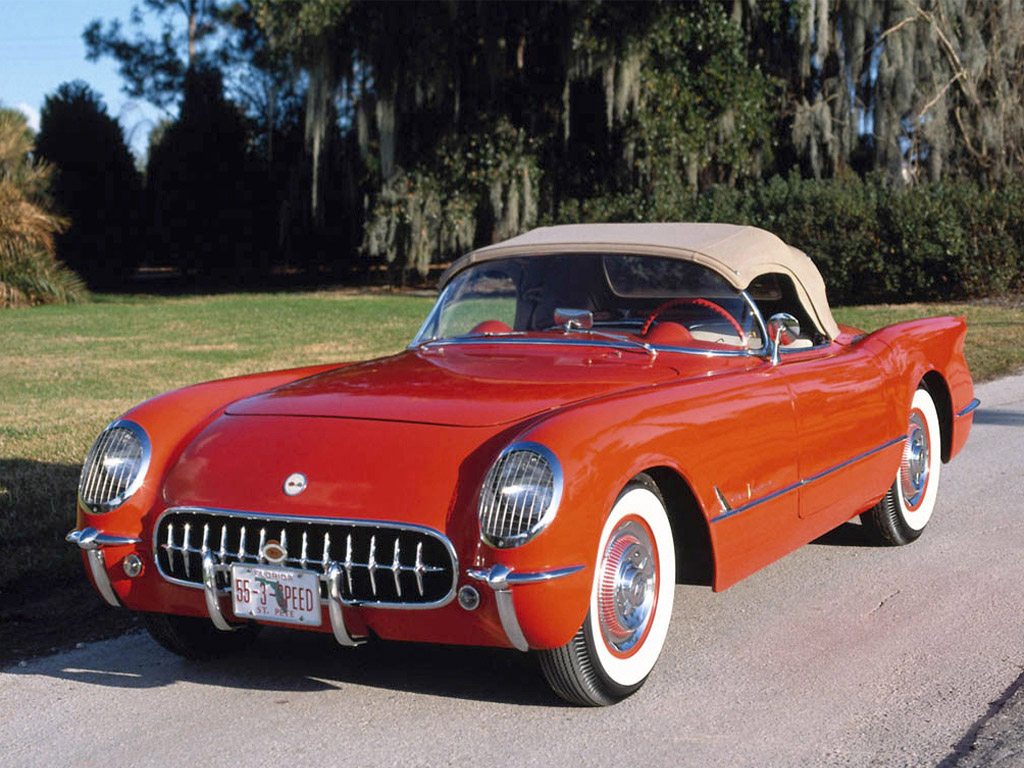
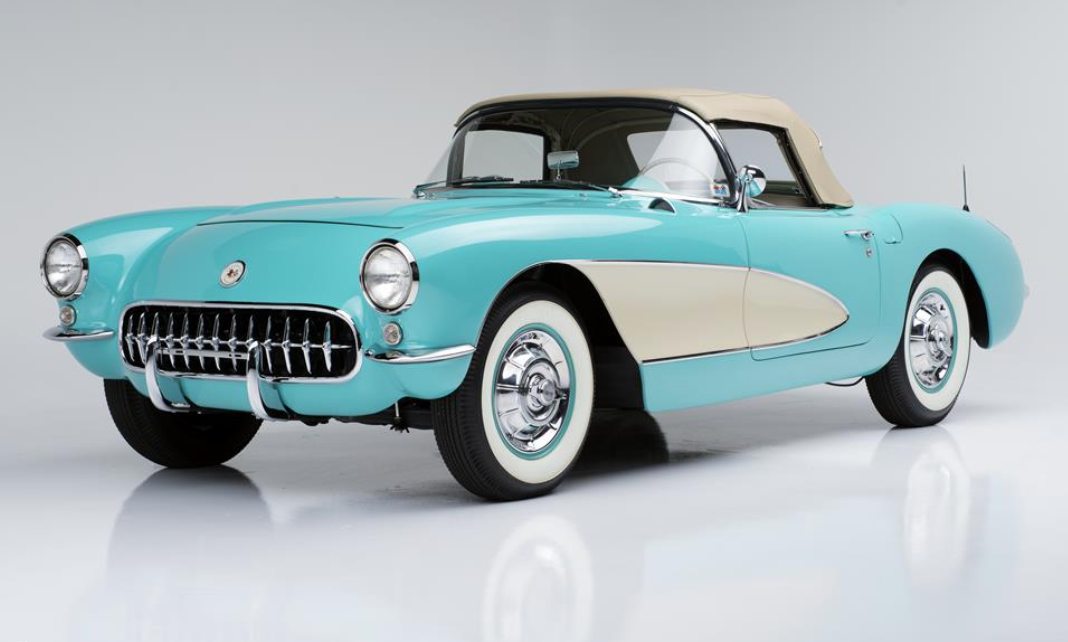
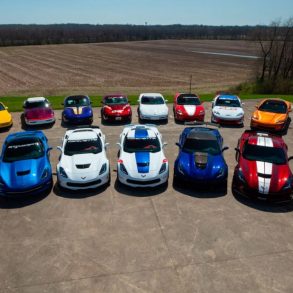

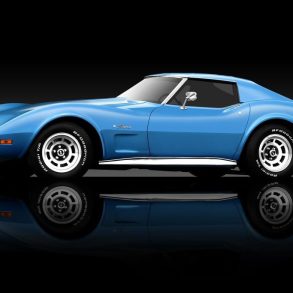
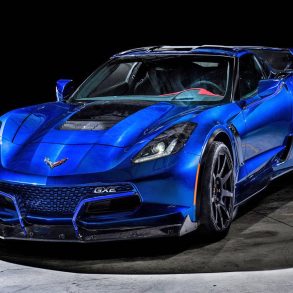
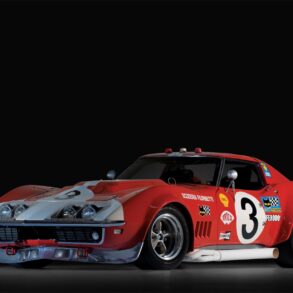
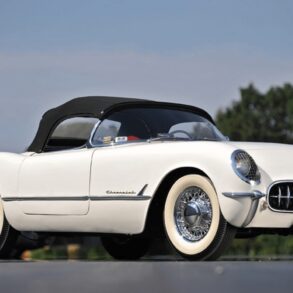

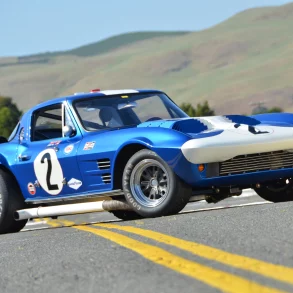

This was interesting, and I concur with the choices from 1950. I’m pleased to say I own one of the choices (a ’57 fuel 4-speed).
One unsolicited editor-at-large comment, please. The writer describes the 1953 model as having ‘less than stellar’ sales. Two paragraphs later, we’re told the 150 HP ‘Blue Flame’ engine had ‘less than stellar’ performance. Maybe an alternate term in one of those instances?